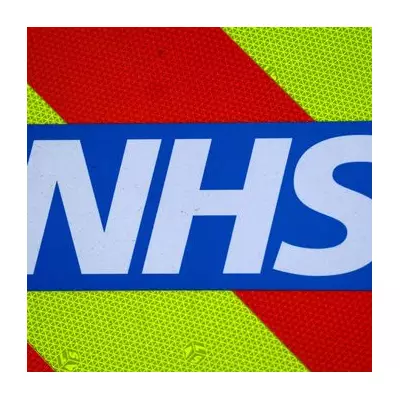
New medical insights are shedding light on how ordinary daily habits could be quietly putting millions at risk of one of medicine's most feared cardiovascular emergencies - the aortic aneurysm.
The Hidden Danger in Everyday Activities
Vascular specialists are warning that several common behaviours significantly increase the risk of developing this potentially fatal condition, where the aorta - the body's main artery - weakens and balloons outward.
High-Risk Habits You Need to Know About
- Heavy lifting: The sudden pressure spike during weight training or moving furniture can strain weakened aortic walls
- Intense exercise: Extreme physical exertion creates dangerous blood pressure surges
- Smoking: Tobacco use dramatically accelerates the weakening of arterial walls
- Poor blood pressure control: Unmanaged hypertension constantly stresses the aorta
- Ignoring family history: Genetic predisposition makes regular screening essential
Why Aortic Aneurysms Are So Dangerous
Professor Ali Kordzadeh, a consultant vascular surgeon, explains: "The aorta is the super-highway of our circulatory system. When it develops a weak spot that balloons out, it becomes like an over-inflated balloon that could burst at any moment."
The terrifying reality is that many people live with an aortic aneurysm completely unaware until it ruptures, at which point survival rates plummet dramatically.
Recognising the Warning Signs
- Deep, constant pain in abdomen, back or chest
- Pulsating sensation in the stomach area
- Persistent cough or difficulty breathing
- Sudden intense pain indicating possible rupture
Protection and Prevention Strategies
Regular screening becomes crucial for those over 65, particularly men and anyone with a family history of cardiovascular conditions. The NHS offers abdominal aortic aneurysm screening to all men in their 65th year.
Lifestyle modifications can significantly reduce risk:
- Maintain healthy blood pressure through diet and medication
- Quit smoking immediately - this is non-negotiable
- Adopt moderate exercise routines rather than extreme workouts
- Learn proper lifting techniques and avoid straining
- Attend all recommended screening appointments
As Professor Kordzadeh emphasises: "Awareness and early detection transform aortic aneurysms from a potential catastrophe into a manageable condition. Knowing your risk factors could genuinely save your life."





